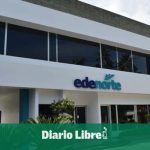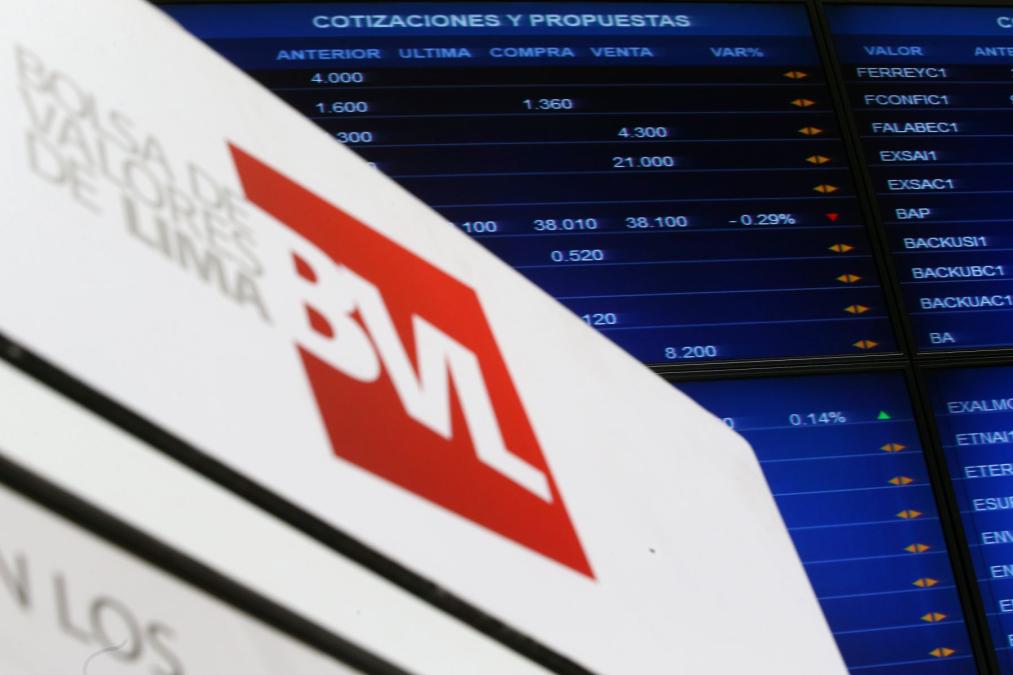
2025 arrives with a strong bet on sustainability and the real estate sector is no stranger to this change. The adoption of clean technologies, such as solar panels and electric mobility solutions, has become a necessity within housing developments. But beyond a trend, this change responds to a growing demand from consumers and the need for companies to adapt to new environmental regulations that are increasingly strict.
According to recent data, 75% of real estate developments in Mexico has begun to integrate more practices sustainable. This includes everything from the implementation of water and energy saving systems to the use of ecological construction materials. This approach not only responds to the need to care for the environment, but also to economic interest: the operating costs of the sustainable homes are lower in the long term.
Over the past few years, we have witnessed a clear shift in the mindset of homebuyers. Consumers are now looking not only for a good location and quality of life, but also for a reduced ecological footprint. For example, in cities like Monterrey and Guadalajara, car prices sustainable developments have increased 23% annually, a clear indication that green properties are gaining popularity.
Why are clean technologies key in 2025?
For the real estate companiesthe adoption of renewable energy is not only a way to reduce your environmental impact, but also an economic strategy. The return on investment through energy efficiency translates into significant long-term savings, making these developments more attractive to buyers.
In this sense, clean technologies, such as solar panel systems and electric vehicles, are not only reshaping cities, but are helping to reduce the carbon footprint of homes and improve air quality in urban areas. For example, in Mexico City, more than 40% of new developments are incorporating electric mobility solutions and renewable energy systems.
The impact on the real estate market
technological innovations, driven by the real estate sectorthey are also helping the regeneration of historic urban areassuch as La Condesa or Polanco, in Mexico City, which in previous years were considered in high demand, now also benefit from these technologies. This has led to an increase in demand for projects sustainablewhich not only seek to respond to buyers’ expectations, but also offer a superior quality of life.
The added value offered by a sustainable real estate development is reflected in the growing consumer preference for properties with sustainable features. According to the most recent data, 75% of housing developments in Mexico have adopted sustainable practiceswhich includes everything from the use of solar panels to energy efficiency systems.
These types of projects not only meet a growing demand, but also present tangible benefits for residents, such as greater efficiency in resource consumption and the creation of healthier and more pleasant spaces, which contributes to a higher quality of life. .
The challenge for real estate developers
The main challenge for developers is the initial investment required to adopt these technologies. However, the long-term return on investment is one of the reasons why this type of development continues to grow. Demand for properties that integrate clean technologies continues to increase and companies that do not adapt to this demand risk being left behind.
According to estimates, the adoption of clean technologies in the real estate sector could represent up to 30% of total investments in construction projects in the next five years. This will boost the growth of real estate market and will improve the competitiveness of companies that opt for this type of development.
** The author is country manager of ComunidadFeliz.mx in Mexico, notable for leading the expansion of proptech in the Mexican market with innovative strategies in sales and customer retention. Their focus on agile methodologies has been key to optimizing user acquisition and monetization. With experience in risk management and conservation, Mondaca drives the company’s operational efficiency and sustainable growth.
















